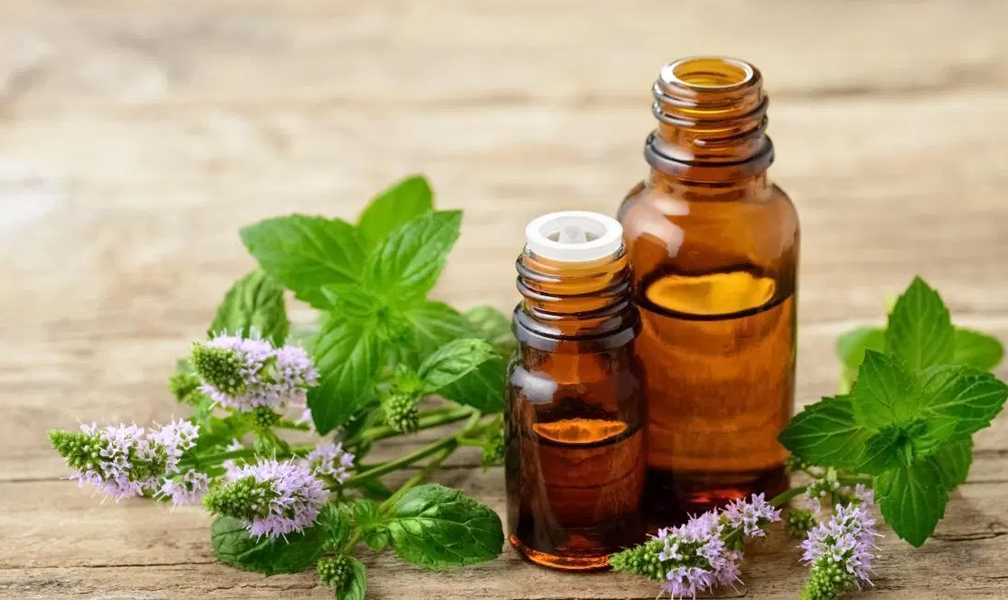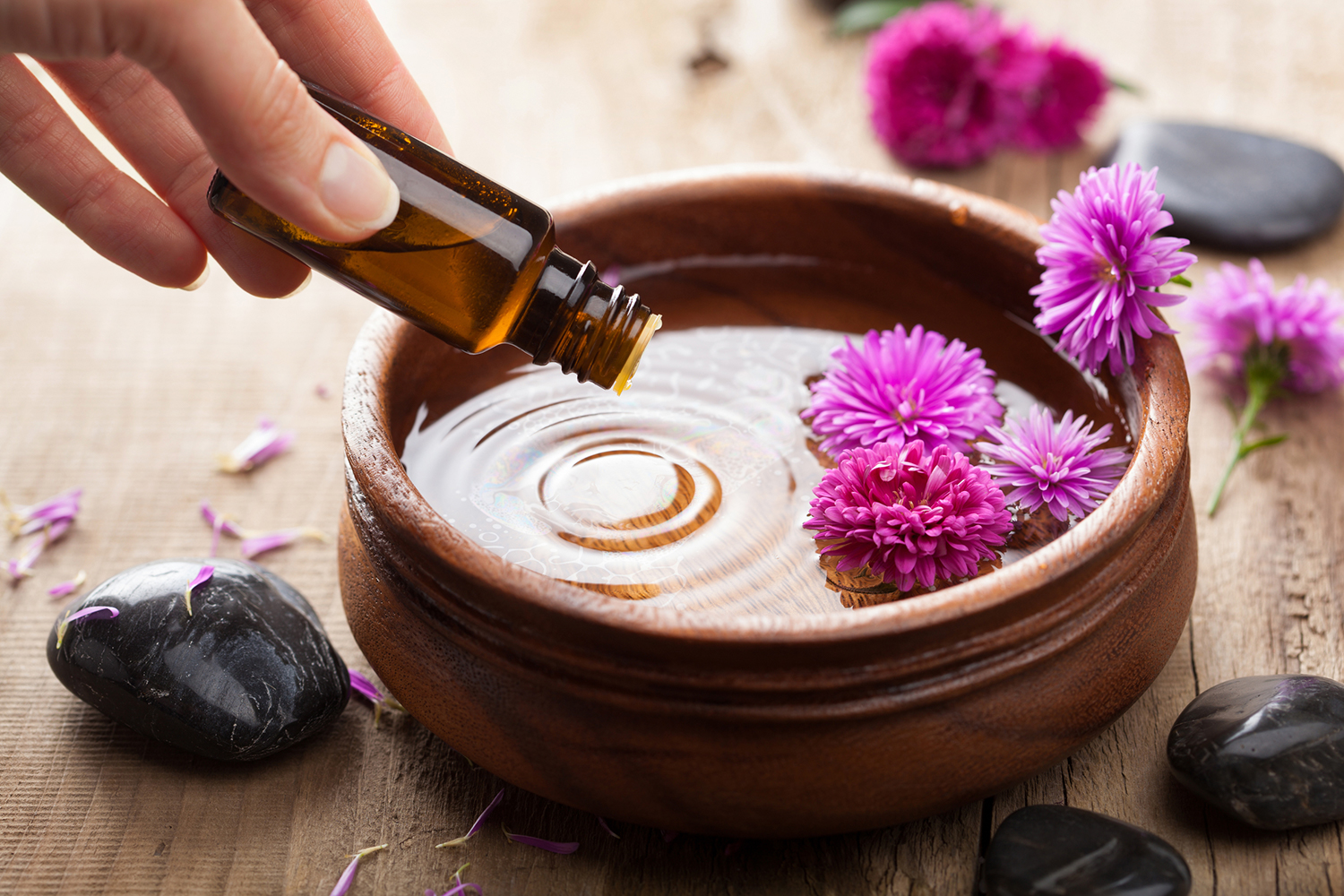What are Essential Oils, do they really work?
Essential oils are concentrated extracts of plants. Practitioners often use them in natural or alternative health practises like Aromatherapy and Naturopathy.
Essential oils offer an alternative to synthetic products. They are much more than just natural products and each oil has a unique chemical composition. Essential oils have numerous benefits for the body and the mind and the benefits are determined by the chemistry of the plants. If these natural chemicals are properly extracted, they can be used to help physically, mentally, and emotionally in daily life.

What are Essential Oils?
Essential oils simply put, is the “essence” of a plant, obtained through mechanical pressing or steam or water distillation. Different parts of the plant are used for extracting oil, including the plant roots, leaves, stems, flowers, or bark. They retain the smell and flavour of their source and each essential oil has a unique composition of chemicals, and this variation affects the smell, absorption and effects on the body.
The chemical composition of an essential oil will vary from within the same species of plants, or from plant to plant. As two apples are never same, similarly same essential oil extracted from two different sources will also be different. Essential oils have been found to have a different degree of antimicrobial activity and are believed to have antiviral, antifungal, insecticidal and antioxidant properties.
It takes several pounds of a plant to produce a single bottle of essential oil and hence are highly concentrated and should always be applied on skin after diluting in carrier oil. The are volatile in nature as they evaporate quickly after coming in contact with oxygen.
What is Aromatherapy?
Aromatherapy is an alternative medicine that revolves around the fragrant substance produced from the plants when extracted in liquid form called Essential Oil for therapeutic benefits. Aromatherapy applications include massage, topical applications and inhalation.
It has been used for thousands of years, when the ancient Egyptians first burned incense made from aromatic woods, herbs and spices.

Sources of Essential oils
Essential oils are generally derived from one or more parts of the plant, such as flowers (e.g. rose, jasmine, clove, rosemary, lavander), leaves (e.g. mint, lemongrass, jamrosa), leaves and stems (e.g. geranium, patchouli, petitgrain, cinnamon), bark (e.g. cinnamon, cassia), wood (e.g. cedar, sandal, pine), roots (e.g. vetiver, saussurea, valerian), seeds (e.g fennel, coriander, caraway, dill, nutmeg), fruits (bergamot, orange, lemon, juniper), rhizomes (e.g. ginger, curcuma,) and gums or oleoresin exudations (e.g. Balsam Peru, myrrh, benzoin).
How Essential Oils are Extracted?
Essential oils are extracted from certain varieties of tress, herbs, grasses roots, fruit and flowers. The method of extraction affects the quality of essential oils. Some methods are better suited for certain plant types and parts as compared to others and therefore every plant has a different way of extraction.
The oil is extracted in a variety of ways, most common being steam distillation; other methods include CO2 extraction, Solvant extraction, Maceration, Enfleurage and Cold Process extraction.
Steam or water distillation: Most essential oils are extracted using steam distillation. In this technique, steam is passed through the plant material. Steam vaporises lighter chemicals contained in the plant which is then condensed through a cooling process. This process generates two products: Essential oils which contain oil soluble molecules and hydrosol which contains water soluble molecules. Rose water is most commonly used as a skin toner.
Cold pressing: In this process plant part is mechanically pressed or squeezed to cause it to release essential juices or oils. Most citrus essential oils are extracted using cold pressing technique as they are sensitive to heat and evaporate quickly.
Extraction with cold fat (enfleurage) or hot fat (maceration) is chiefly of historical importance and is rarely used these days since they are rather expensive. Very few oils are extracted using chemical solvent extraction and are termed as “absolutes” or “concretes” and cannot be termed as essential oils.
The way the oils are made is important, as essential oils obtained through chemical processes are not considered true essential oils.
Benefits of Essential oils:
Aromatherapy is a complementary therapy and therefore it does not provide cure to disease, rashes or illness. However it can support conventional treatments for various conditions. Essential oils have been shown to reduce the effects of:
- Nausea , Reduces Inflammation
- Pain, Body aches , Muscular aches
- Fatigue and insomnia
- Anxiety, stress and depression
- Headaches and Migraines
- Circulatory problems
What are the uses of essential oils?
The applications of essential oils are diverse because of their antimicrobial and antioxidant properties. Commercially essential oils are used in three diverse ways:
- Odorants, used in cosmetics, perfumes, soaps, detergents and other miscellaneous products ranging from insectices to paints
- Flavours, present in bakery goods, candies, pickles, soft drinks, confections and many other food products
- Pharmaceuticals, in dental products and few medicines
Interesting Facts about essential oils:
- Plants use essential oils for themselves as well. Naturally occurring essential oil in plants help them in fighting infections, humidity control, hormonal changes, healing wounds and in attracting or repelling insects, birds and animals
- Essential oils do not feel “Oily”. They are called oils as they contain oil-soluble chemicals which gives these essential oils their therapeutic properties.


Leave a comment